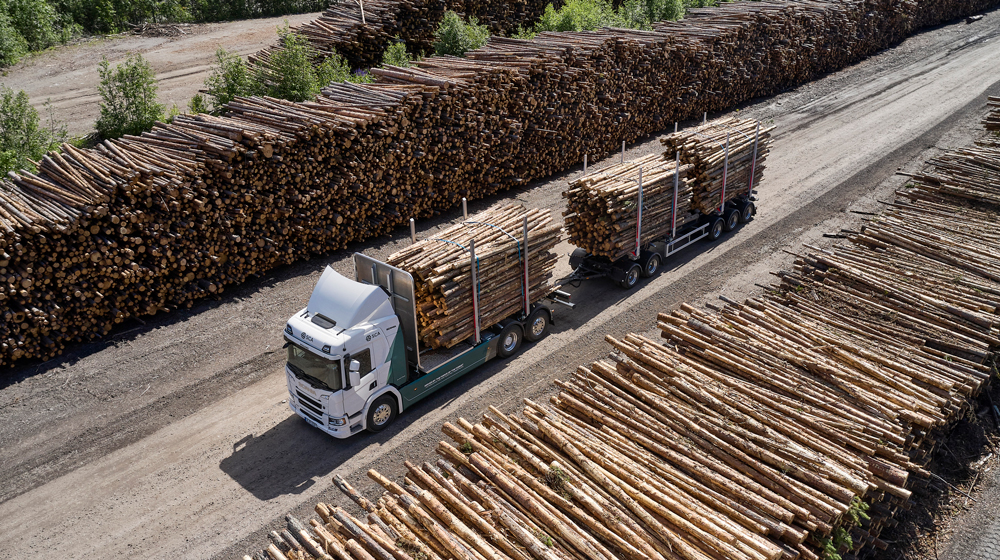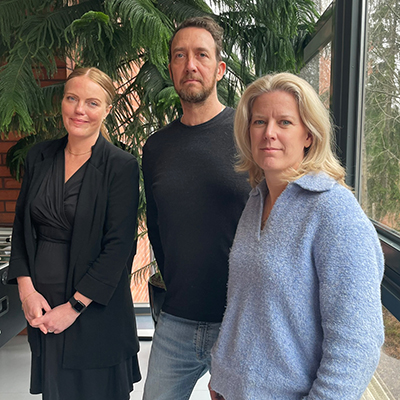Electrifying transport in the forestry sector

The forestry industry has set an ambitious target – to electrify half of the transports by 2030. How to get there? KTH researchers will help to answer that question.
The forestry sector accounts for almost 20 percent of Sweden's road freight transport. Every year, around two million road transports are carried out with diesel vehicles, resulting in significant carbon dioxide emissions. Now forestry road transport is to be electrified. This is a major system change for an entire industry, which is being driven by Skogforsk together with KTH, Scania and 18 other project partners.
Many pieces need to fall into place to reach the goal, including issues of electricity and charging, and the impact on drivers and traffic planning. Today, it is most efficient to keep diesel-powered vehicles moving as much as possible. However, with the shift to electrification, new challenges arise such as the need for charging breaks, access to electricity and changing driver behaviour.
"Charging the logging trucks and transport planning are two important pieces of the puzzle in this large project," says Gunilla Ölundh Sandström , Associate Professor at KTH, who focuses on business models within TREE:
“Some haulage companies will suddenly need to build new partnerships with actors they have not previously had contact with”.
Business models
Despite a few obstacles, the industry agreed that 50 percent of all new trucks bought by the forestry industry in 2030 to be electrified. In seven Swedish locations forestry companies, hauliers, technology developers and transport planners are gathering to shape 'pilot sites' equipped with one or several electric vehicles.
These sites act as hubs for knowledge building, research and innovation in vehicle technology, electricity and charging, transport planning, business models and systems understanding. For the entire industry to transform, major changes are required at both system and technology level, as well as at company and individual level.
“In my research group at KTH, we have long experience of developing business models and driving innovation. If the industry does not find a profitable model for electrification, it will not succeed, but the will in the project is strong,” says Ölundh Sandström.
Together with fellow researchers Jennie Björk and Johan Arekrans , she has held a workshop with the project stakeholders and drawn up maps of the companies' existing business processes and identified obstacles and shortcomings. In the future, they will conduct interviews and surveys with transport planners, drivers and forest companies.
Transport planning
"One problem we can already see is that forest transport planning has previously been based on tonne-kilometres and routes," says Ölundh Sandström. "When vehicles are charged with electricity, you need to know how long it takes to charge, where to charge, what it costs and how long it lasts, even in 20 degrees below zero.”
Route planning will have to change, as well as the business logic, which today is based on diesel operation. With an open mind, the researchers say the electrification could lead to entirely new product portfolios and business models for companies. Some forestry companies may even start producing electricity and using it for their forestry machines once the charging infrastructure is in place.
KTH's researchers are experiencing great commitment from the partners in the project.
“Many have an extraordinary environmental mindset. They really want to change their transports”, says Jennie Björck.
Text: Ulrika Georgsson ( ulrikage@kth.se )


